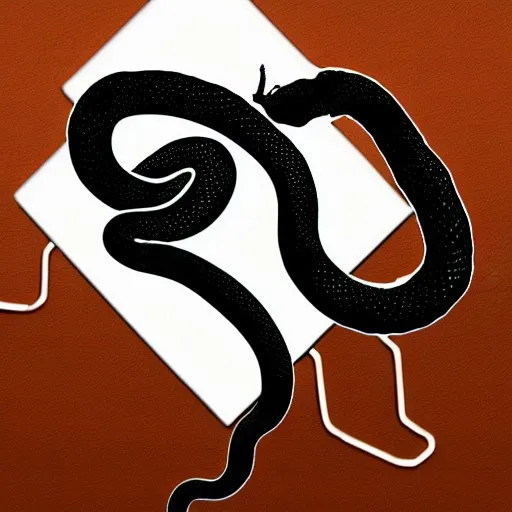On P2P payments from their FAQ: “While the payment appears to be directly between wallets, technically the operation is intermediated by the payment service provider which will typically be legally required to identify the recipient of the funds before allowing the transaction to complete.”
How about, no? How about me paying €50 to my friend for fixing my bike doesn’t need to be intermediated, KYCed, and blocked if they don’t approve of it or know who the recipient is? How about it’s none of the government’s business how I split the bill at dinner with friends? This level of surveillance is madness, especially coming from an app that touts “privacy” as a feature.
GNU Taler is a trojan horse to enable CBDC adoption. They are the friendly face to an absolutely terrifying level of government control in our lives funded by the same government that tries every year to implement chat control. Imagine your least favourite political party gaining power. Now imagine they can see and control every transaction you make. No thanks.


No, there is a distinction here, and it’s a very important one.
If you’re using proof of ownership then there’s no way of penalizing the owners who are validating the chain if they misbehave. That’s somewhat more like what Bitcoin uses, actually - proof of ownership of mining rigs, in a sense. If a Bitcoin miner 51% attacks the chain then after the attack is done they still have their mining rigs and can continue to attempt to attack it if they want.
With proof of stake, the resource in question - the tokens, in Ethereum’s case - are put up as a stake. Ie, they are placed under the control of the blockchain’s validation system, so if the validator tries pulling some kind of funny business their stake can be slashed. Someone who attacks Ethereum has to burn their stake in the process, which would cost them tens of billions of dollars and prevent them from attempting future attacks.
You can own millions of Ether and that’s meaningless as far as validation goes. It’s only once you put them up as a stake do you get “skin in the game.”
You were earlier touting Bitcoin’s lack of protocol upgrades as a key feature. Now it’s performing upgrades?
The problem with Bitcoin’s upgrades is that they’ve made “no hard forks” into a religious tenant, so whenever they try to do anything new they have to squish it in as a soft fork somehow built on top of the existing foundations. The existing foundations aren’t well suited to this kind of thing, though, since they were designed 15 years ago. So it makes for some very labored and inefficient design, like in the case with Lightning.
Layer 2s on something like Ethereum, which was designed from the ground up to support them and which continues to add new features making them more efficient and feature-rich, are far easier and cheaper to work with.
It’s important to call out that nodes in general are not important for validating the chain, it doesn’t matter who’s controlling them. You can run your own node and there’s nothing those other non-validating nodes can do to tamper with your view of the network, the worst they could do is stop sending you updates (which would be obvious and you could then go hunting for replacement feeds).